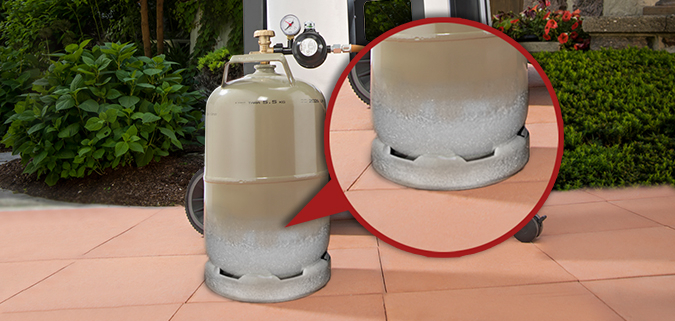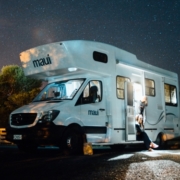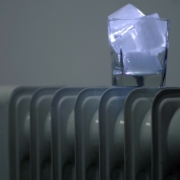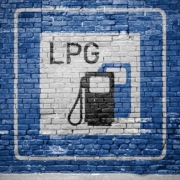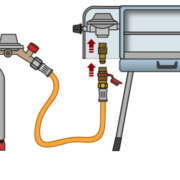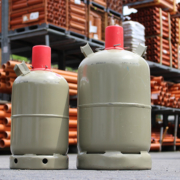Why do LPG cylinders ice over?
No matter whether you’re camping, in your caravan or motor caravan, barbecuing or operating the heating: A question that comes up again and again is, why ice forms at the withdrawal of a gas cylinder, or why the cylinder ices over completely. The answer is simple thermodynamics.
Who hasn’t already seen this on a gas cylinder: the famous and notorious ice crust around the propane gas cylinder? It seems to appear out of nowhere and can be a real nuisance. If you don’t happen to have a reserve cylinder at the ready, or if you don’t know a few tricks, you might have to stop your gas supply completely.
Why does the ice crust form?
To put it simply: Because the gas volume required by the gas equipment exceeds the evaporation capacity of the gas cylinder. Depending on influence factors such as filling level and size of cylinder or ambient temperature, the cylinder sometimes ices over sooner, sometimes later – in many cases, of course, it doesn’t ice over at all.
A fiasco waiting to happen
This is what a potential worst-case-scenario would look like: The gas barbecue has an output of 25 kW. This corresponds to a requirement of roughly 1.9 kg/h LPG. Now, you want to have it running for over an hour on full power with a 5 kg gas cylinder which is almost empty when the temperature outside is low.
If you’re planning to do this, you should keep the local pizza delivery number handy, because the gas cylinder is very likely to ice over in a short time.
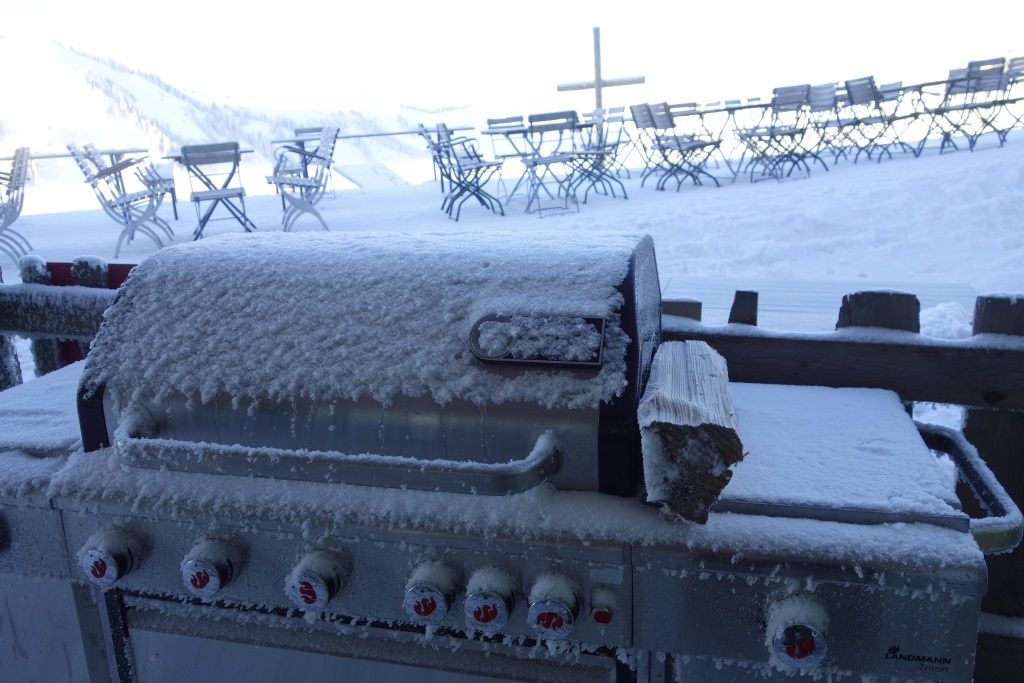
If you’re keen to have a barbecue in icy temperatures, you should pay particular attention to the state of the cylinder.
© Rudolf Jaeger GSV
How does the cylinder ice over?
Transforming the liquid propane-butane mixture in the cylinder to the desired gaseous state requires heat. The gas, and therefore the LPG cylinder, cool down when gas is withdrawn. Heat is taken from the surroundings via the cylinder coat and used to make the gas boil.
The greater the quantity withdrawn from the gas cylinder, the greater the requirement of heat energy. The LPG cools quickly and draws more and more heat from the environment. This first causes the formation of condensation at the barrier between the gas and the atmosphere, i.e. the gas cylinder.
If the connected gas equipment continues to draw so much gas, the temperature in the LPG drops below 0 degrees Celsius, and so does the outer wall of the cylinder. The water transforms into an ice crust. At some point, the gas can no longer evaporate in the volume required. As a consequence, hardly any gas, or no more gas whatsoever can be drawn by the device.
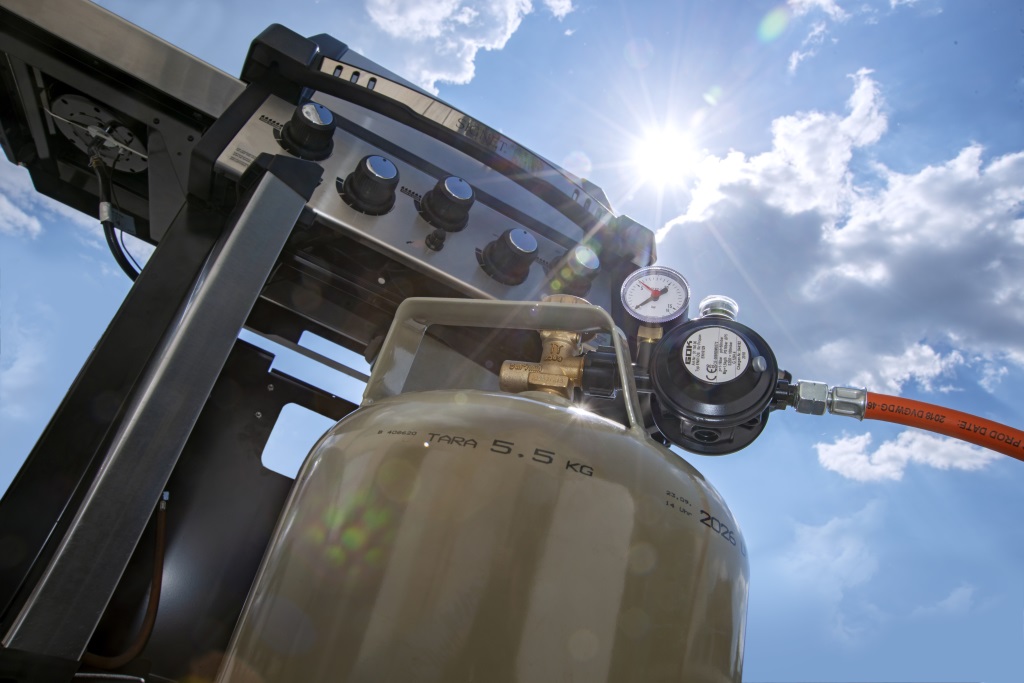
Even when the sun is shining and the thermometer is showing above 25 degrees Celsius, it can still be the case that your gas cylinder freezes.
Countermeasures Part
If you categorically wish to prevent icing, you should always balance the output of the connected gas equipment with the withdrawal volume of the gas cylinder. In this blog article, we clearly presented the withdrawal volumes of different cylinder sizes.
If the withdrawal volume from a single cylinder cannot cover the energy demand of the gas equipment, a multiple cylinder system might be a good idea.
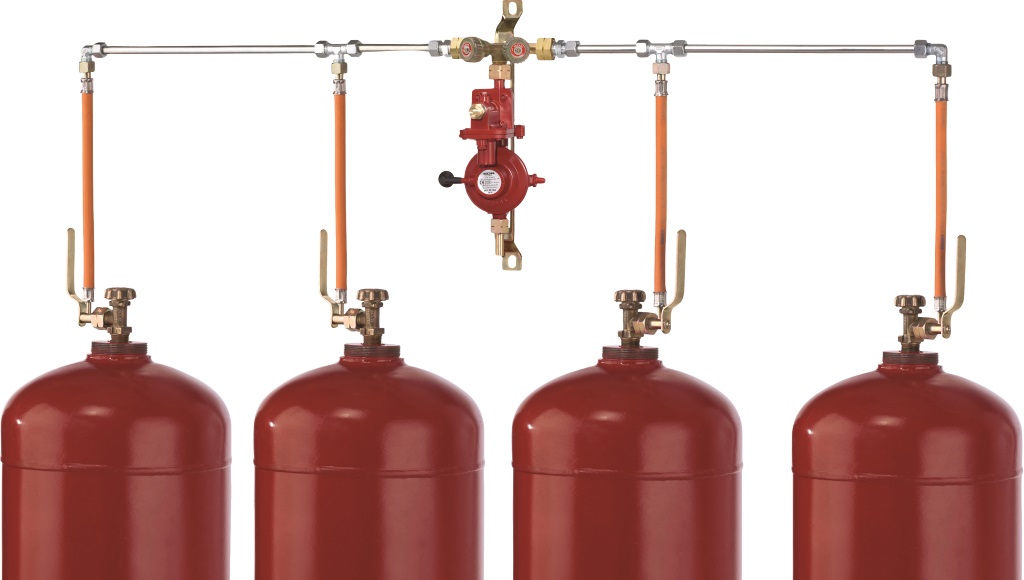
If the gas cylinder freezes constantly, you can prevent it from icing over by using a multiple cylinder system. Pictured here: a four-cylinder system
Countermeasures part 2
If you aren’t able to do that, but are permanently reliant on your gas supply, we recommend a reserve cylinder. If one cylinder is iced over, you stop the gas supply briefly, switch to the reserve cylinder and the operating cylinder gets a rest.
Something else you can do: Fill a bucket, small tub or basin with hot water and place the gas cylinder inside it. But this is not a permanent solution, just a short-term one. This is why we recommend using a larger cylinder or a multiple cylinder system or having a reserve cylinder close to hand.
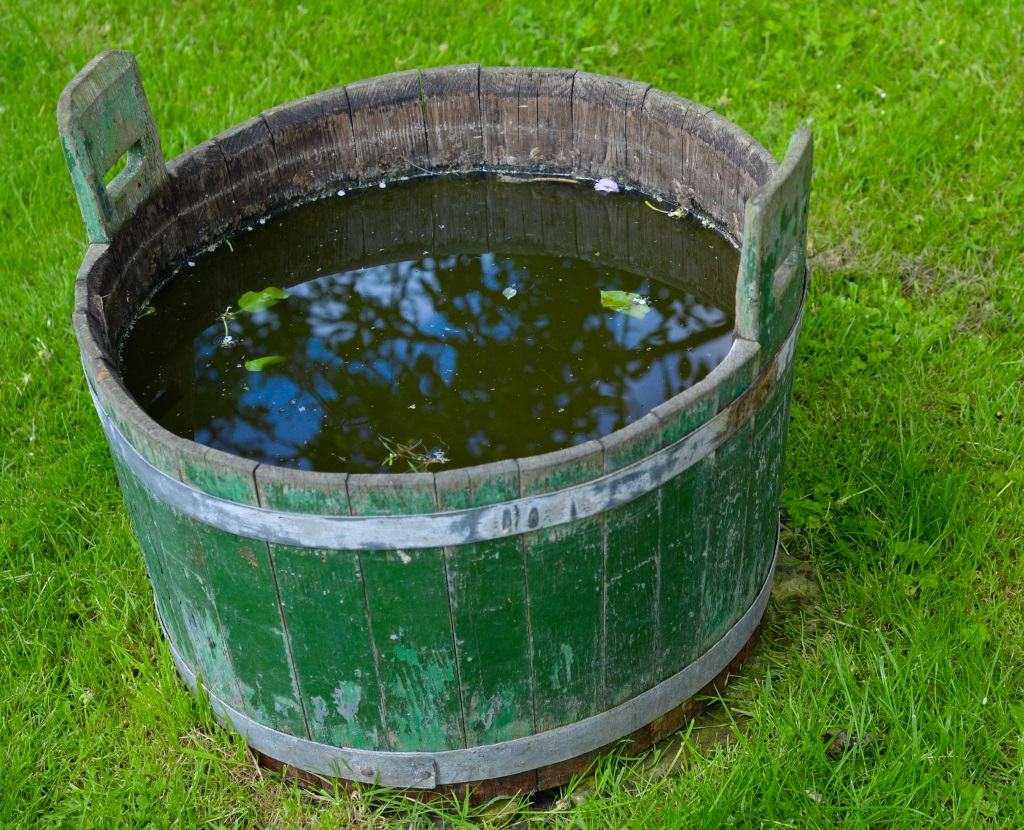
If you want to remove the ice crust from the cylinder or keep it from forming, you can set up the gas cylinder in a water bath. But this is not a permanent solution.
© Pixabay
Absolutely out of the question
Please never think about using gas cylinders indoors because of the higher ambient temperature – if the system is not expressly designed for this.
“The cylinder needs some heat, so I can heat it up a little bit with an open flame…” – please do not think about this under any circumstances. You also shouldn’t think about lying the cylinder down to reach the liquid phase of the propane-butane mixture. The gas cylinder must always be upright.
